Scythians: Warriors of Ancient Siberia at the British Museum
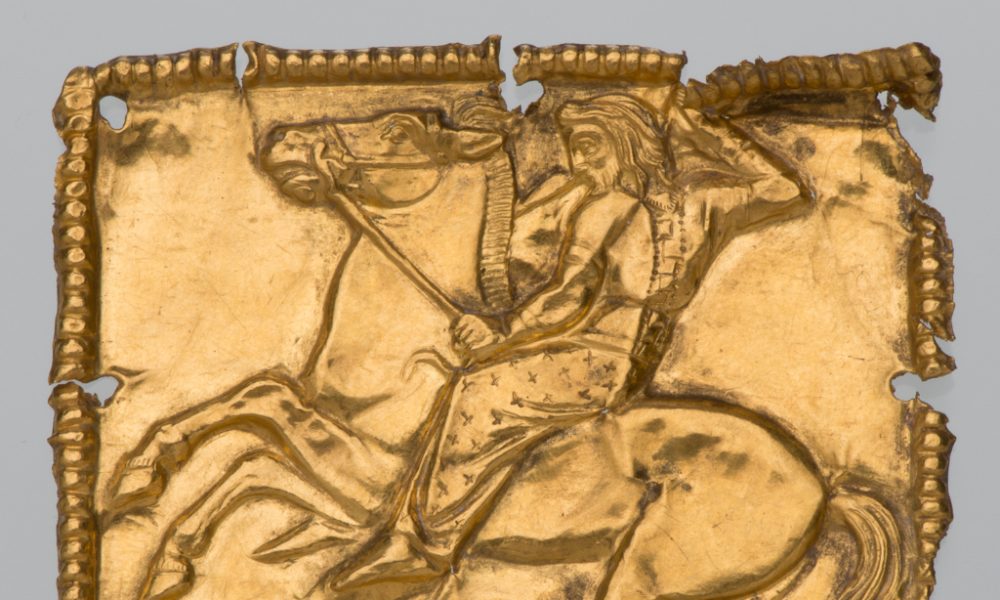
The Scythians. You may not have heard of them, but this fascinating nomadic culture of fierce warriors was once spread across thousands of miles in Siberia. Living over 2,000 years ago, the Scythians had no written culture, so everything historians know about them is extrapolated from contemporary (and biased) ancient Greek accounts, and a series of archaeological finds.
This might not sound like much to go on, but these archaeological remains are some of the most extraordinary discoveries ever shown at the British Museum. Ancient grave robbers broke into some of the Scythians’ elaborate burial chambers, flooding them in the process. The water then froze, and the buried dead and their objects for the afterlife became part of the permafrost, preserving them to an almost unprecedented degree.
The exhibition gets off to a slightly slow start, introducing the concept of Scythian animal art and showing how these objects were first discovered and protected by the Russian Tsar during the reign of Peter the Great in the 16th-17th centuries. It’s an important context, but not the most thrilling introduction to this unknown culture.
All thought of this is forgotten, however, as soon as visitors get into the second room. Here we begin to see the extraordinary nature of the preserved objects. In the corner is the head of a warrior, exhibited alongside fragments of his tattooed skin. It’s almost shocking to see human remains stretched out for display like this, but the effect is mesmerising: these were real people, frozen in time.
Other objects on display also give a vibrant sense of the culture of these nomadic people. A well-used bag contains the remains of a meal: coriander seeds and lumps of cheese. An elaborately decorated woman’s shoe shows the Scythians’ capacity for delicacy and fine workmanship. The importance of horses in Scythian culture is demonstrated by a series of carefully crafted leather bridles, saddles and accessories, including a beautiful felt swan that looks like it was made 50 years ago, not in the 3rd century BC.
The exhibition doesn’t give a great sense of the chronology of Scythian culture (after all, they were around for 700 years), nor is it very specific about the geographical variation (they travelled from Greece to China). What the show does do is give a vital and vivid insight into the lives of real people who lived thousands of years ago, with all the variety and colour of our own lives. This is the British Museum at its best.
Anna Souter
Scythians: Warriors of Ancient Siberia is at the British Museum from 14th September 2017 until 14th January 2018. For further information or to book visit here.
Watch the trailer for Scythian: Warriors of Ancient Siberia here:


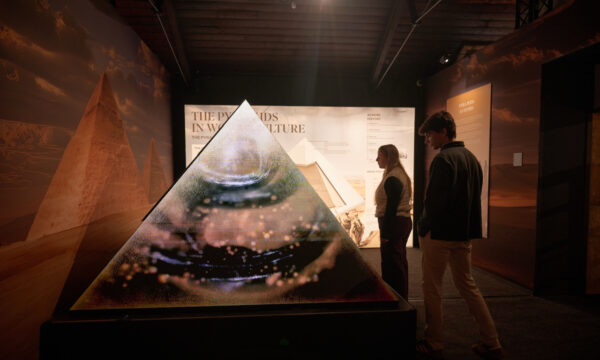

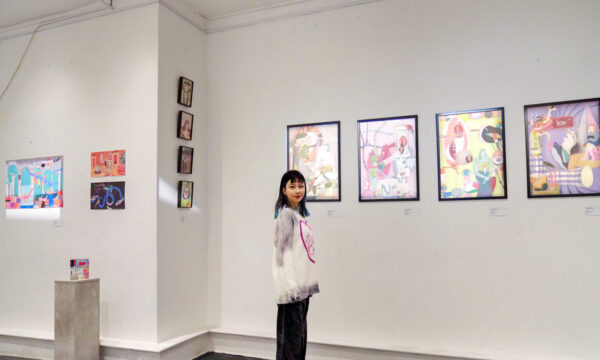
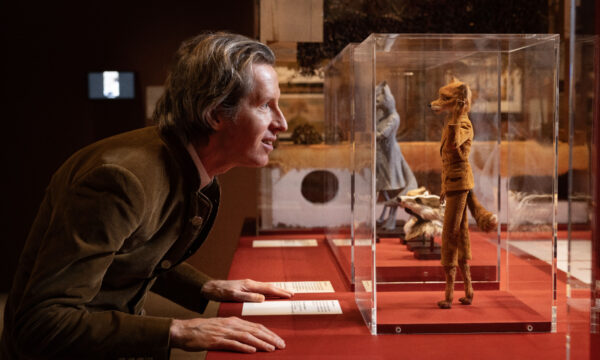

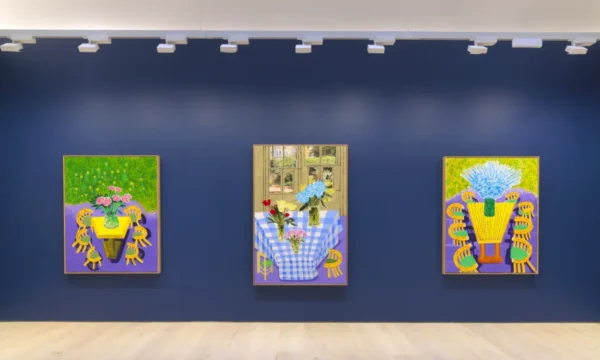
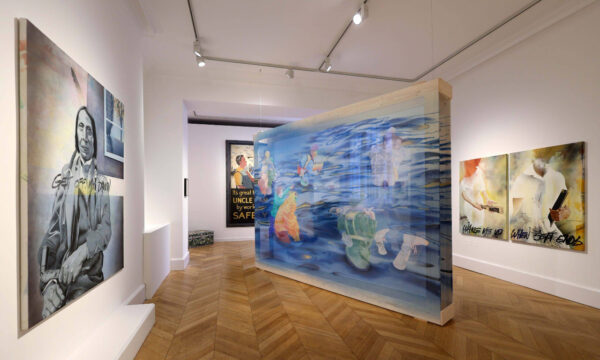
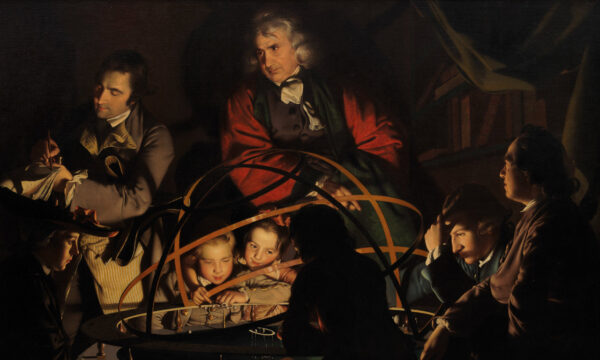
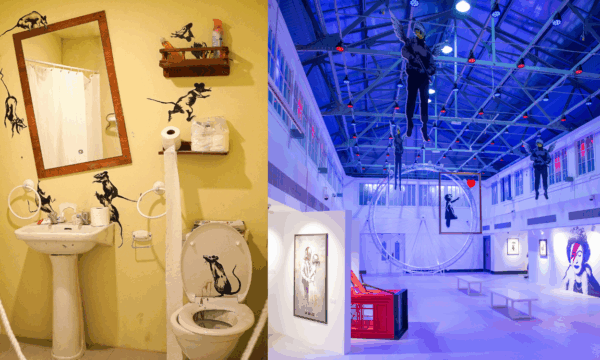











Facebook
Twitter
Instagram
YouTube
RSS